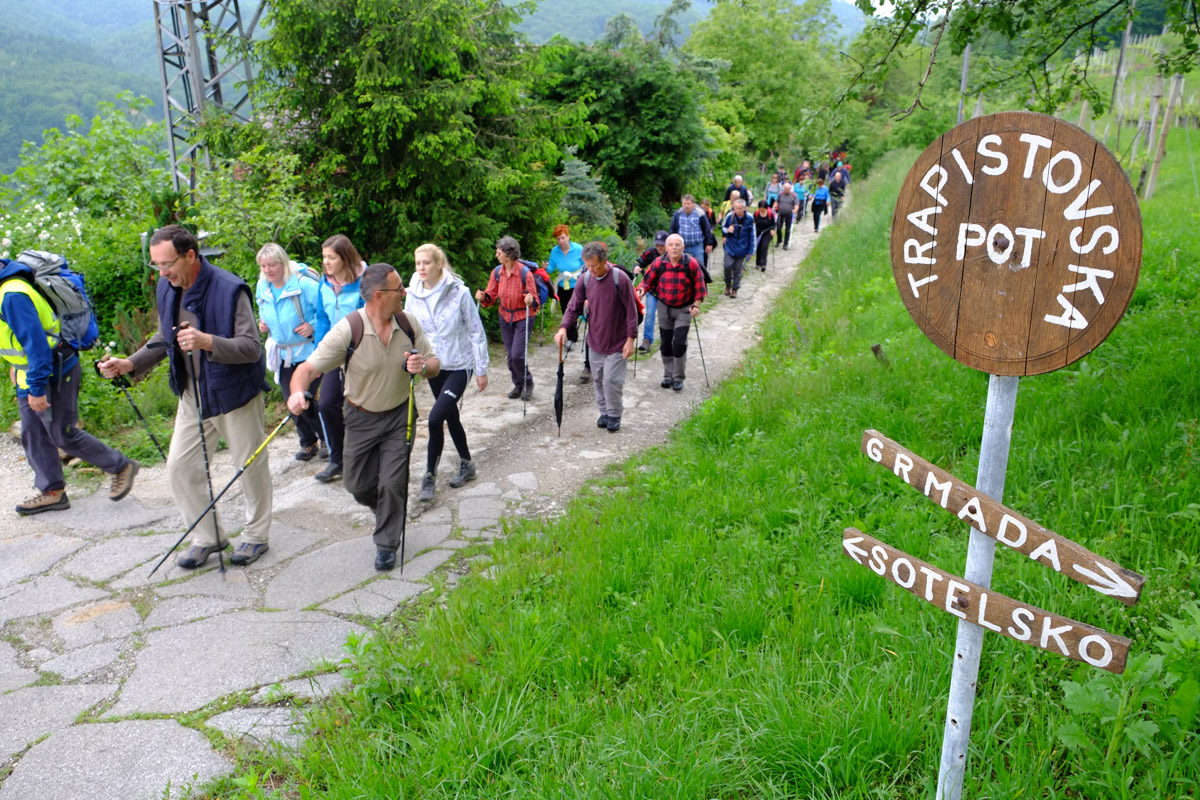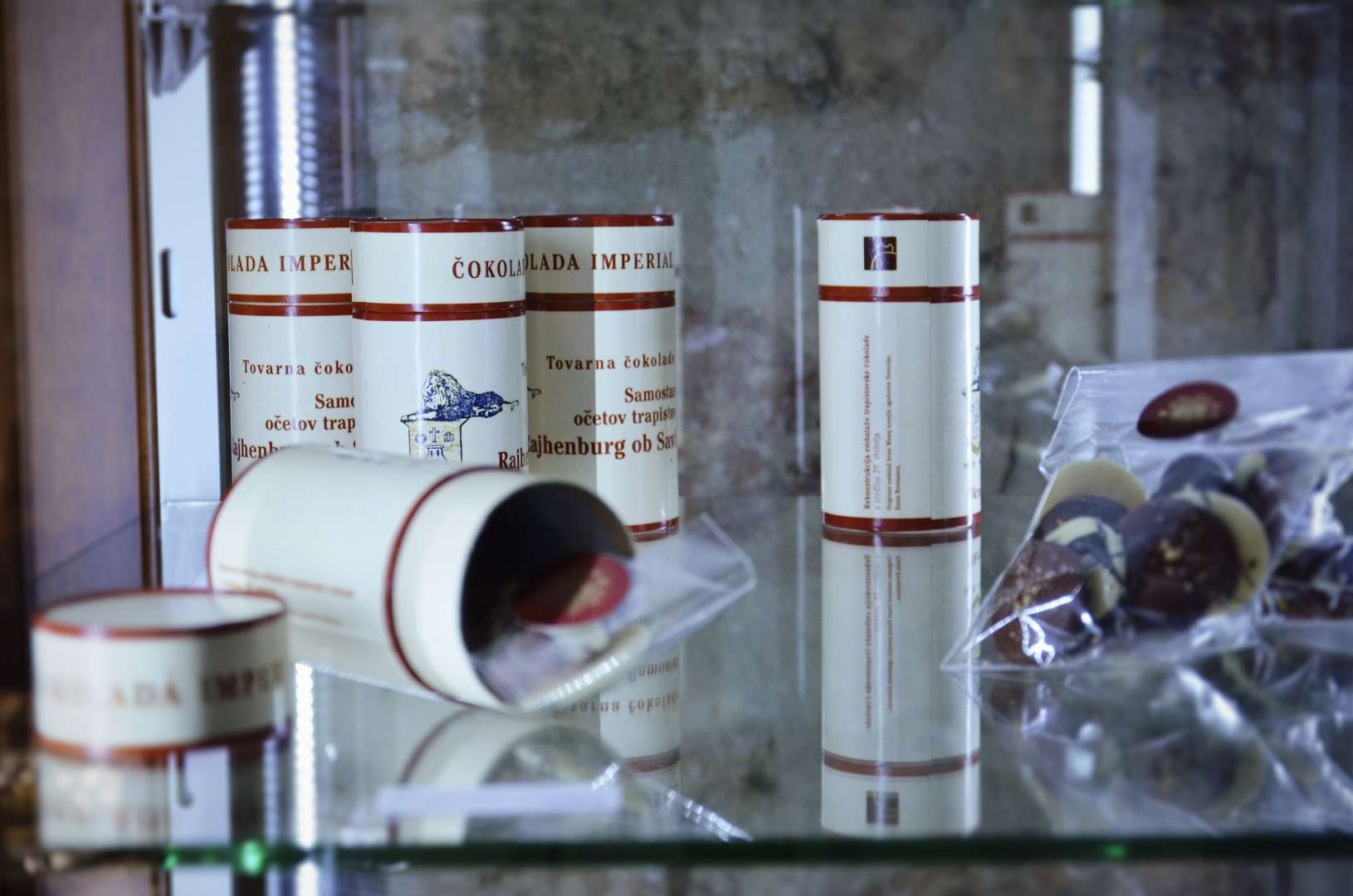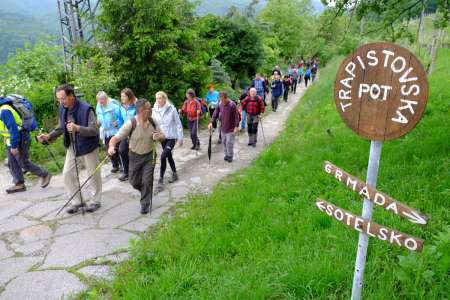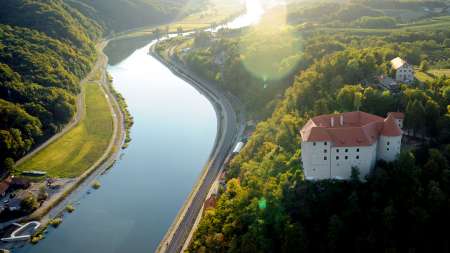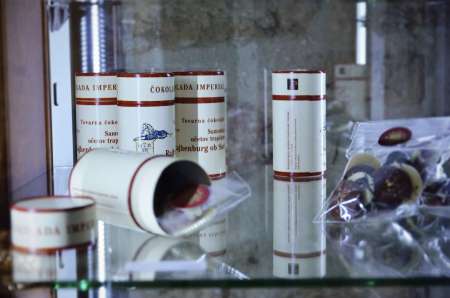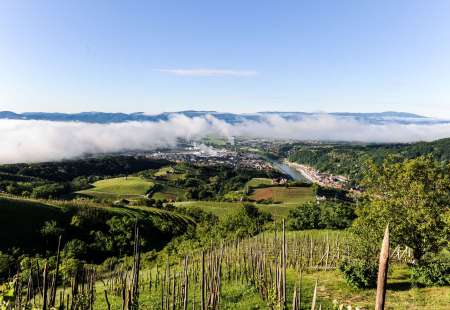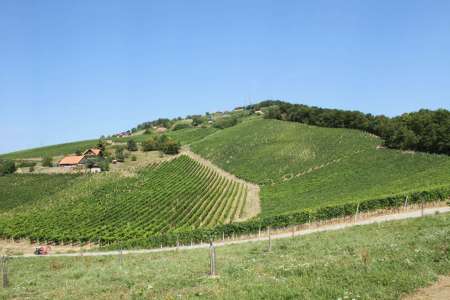Description
The Trappist trail is a well-known circular path, which leads hikers from Brestanica, along the bank of river Sava to the former Trappist trail to Sremič, where they had their vineyards and vine cellars. This trail is recreational hiking trail where you can see beautiful nature and other cultural attractions.
Trail length: 12 km
Walking time: 4 hours
Difficulty: medium-difficult hiking trail
Highest point of the route: 488 m (Grmada)
Starting point: the square in Brestanica (below the church of St. Peter and Paul)
Route description:
You start your journey on the old square in town Brestanica and continue towards castle Turn, near Sava river. The trail continues along bike and hiking path on the bank of river Sava towards Sotelsko. Here we come across the main road and continue along the former Trappist trail to Sremič. This is the road Trappists used for transporting vine from their vineyards and where they went working every day. Along the way you will see ancient yew, planted by the Trappist and around 150 years old. Trappiest were quite modern in their production of vine. On the way you will also see their outbuilding with vine cellar, surrounded by vineyards. A bit further there is a chapel. We continue to the highest peak on the trail – hill named Grmada (488 m above sea level). From there are beautiful views of the Sava river valley, Krško field and the town Krško. When the weather is nice, you can see all the way to Kamnik Alps. We continue through the vineyards to st. Mohor church, dated in the 14th century. The path then leads us through forest to Brestanica, to the famous Church of Mary of Lourdes. This is one of the largest churches in Slovenia and the largest in Posavje. It was built in 1914. We return to the mail road and there we can see information board with information about the church of st. Boštjan. The next stop on our trail is Rajhenburg castle, where there are important buildings for production of chocolate and liqueurs. There is information board about Trappist and their production process. The trail ends here, on Rajhenburg castle, which is closely connected with the history of Trappists and was in their possession from 1881 till 1941. Today the castle is nicely renovated, and it is place for different museum collections.

